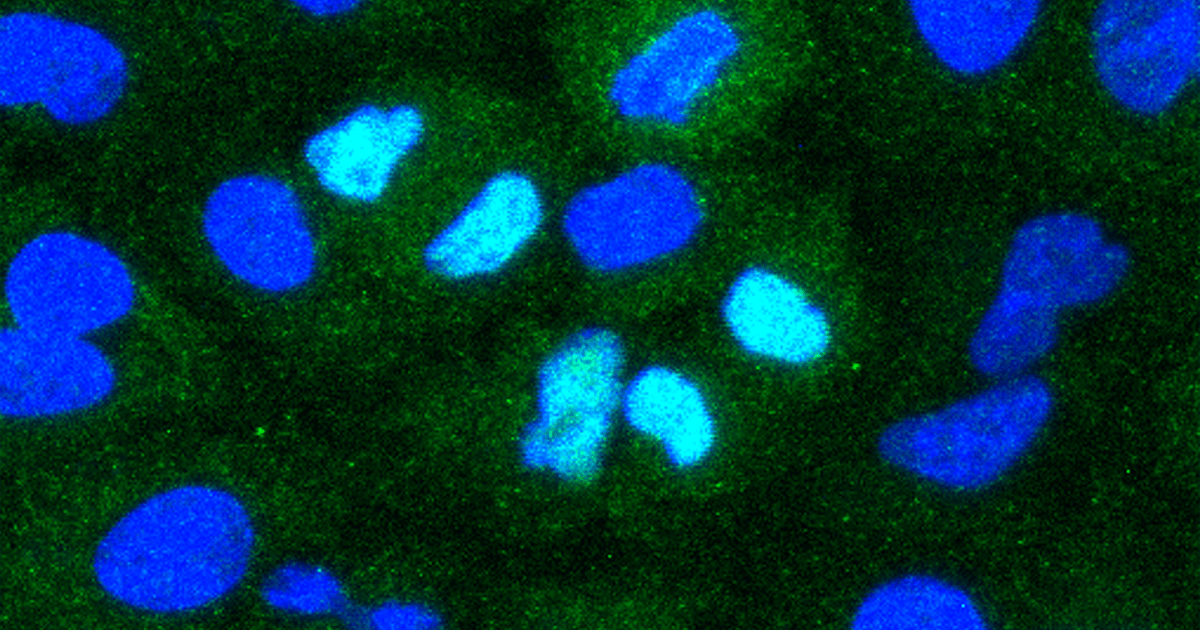In the basic textbook version of genetics, DNA is the double-stranded helix that carries your genetic blueprints, and RNA is single-stranded and carries messages from DNA.
But as always in biology, that’s not enough to tell the whole story.
Some viruses don’t just skip DNA altogether Use only RNA, but in fact RNA itself is not always single-stranded. Some viruses like rotavirusScourge of children everywhere, carrying their code in double stranded RNA or dsRNA.
Because the immune system sees dsRNA as a large, blinking one Viruses here!! Sign, dsRNA triggers the body to release protective chemicals called interferons (IFN). And that offers a unique opportunity.
Not all RNA is single stranded. Some viruses carry their code in double-stranded RNA.
find balance: Scientists want to use this ability to use dsRNA as an antiviral agent. But the risks of doing so must be properly weighed, because when the immune system is in overdrive, its response can become more dangerous than the pathogen itself.
Now researchers at the Harvard-affiliated Wyss Institute for Biologically Inspired Engineering have discovered a new class of dsRNA that fires the right types of interferons (IFN-I and IFN-III) while minimizing inflammation.
In tests on human-like “organ chips” and mice acc her paperthe dsRNA also demonstrated the ability to fight a variety of viruses including SARS-CoV-2, SARS classic and influenza.
“I am confident that this therapeutic RNA technology, which is easy to manufacture on a large scale due to its chemical and physical properties, will become a widespread approach to combat future pandemics,” said Wyss founding director and study author Don Ingber said.
Development of the dsRNA: In previous studies of how the immune system fights the flu, researchers stumbled upon what they believe to be a new type of dsRNA that activated a new pathway to trigger IFNs.
To find out exactly how it worked, the team created and tested over 200 versions of dsRNA. What they found was a specific structural feature in the dsRNA that triggered IFN production.
To assess the dsRNA’s antiviral potential, the team – along with colleagues at the University of Maryland and NYU – designed it against multiple pathogens in organ chips – to replicate the complex systems of the lungs – and tested them in mice.
Because the immune system sees dsRNA as a large, blinking “Viruses here!!” sign, scientists are trying to use it as an antiviral agent.
When the dsRNA was administered to healthy organ chips, it increased production of IFN-I by 12- to 40-fold. When influenza A was added to the chips, the dsRNA suppressed the infection by 80-90%.
After the pandemic began, researchers challenged their antiviral candidate with coronaviruses, including the coronaviruses behind COVID-19, SARS, MERS, and the common cold.
In monkey-derived cell lines, the dsRNA suppressed MERS and the common cold virus by over 90% and performed even better against the original SARS. When they tested it in human cell lines against SARS-CoV-2, it inhibited infection by 99.9%.
For a final test, the team turned to a mouse model of COVID-19 along with a team from the University of Tennessee. When the mice were treated with the dsRNA, they reduced the viral load in their lungs by a factor of 1,000 compared to control mice that only received a scrambled double-stranded RNA sequence.
“These new dsRNAs are an attractive treatment option for COVID-19 because SARS-CoV-2 infection elicits an unbalanced immune response in which the protective IFN response is suppressed while the inflammatory response is increased,” says Haiqing Bai, co- First author of the study, said.
“By preferentially increasing IFN-I, our dsRNA has the potential to correct this imbalance and could also be used to treat many other viral diseases.”
The new dsRNA was able to suppress numerous viruses.
A broadband weapon: Not only does the team help fight various other viruses, but they also believe that dsRNA’s immune-stimulating abilities could help treat infections from other pathogens like parasites and bacteria, and even other conditions like cancer and autoimmune diseases – basically anything where there is more of it The right kind of IFN might help.
However, there is still work to be done before they get there. Figuring out the right time to introduce the dsRNA will be crucial: if done too late, it could trigger the very runaway immune response they’re hoping to avoid.
If everything works, broad spectrum antiviral therapy could be an extremely important public health tool.
“The COVID-19 pandemic has made it painfully clear that we need broad-spectrum therapeutics capable of attenuating infection by a wide variety of viruses,” Ingber said, “rather than developing a tailored treatment for each individual disease as it emerges.” occurs. ”
We’d love to hear from you! If you have a comment on this article, or if you have a tip for a future Freethink story, please email us at [email protected]

